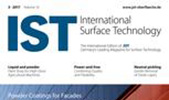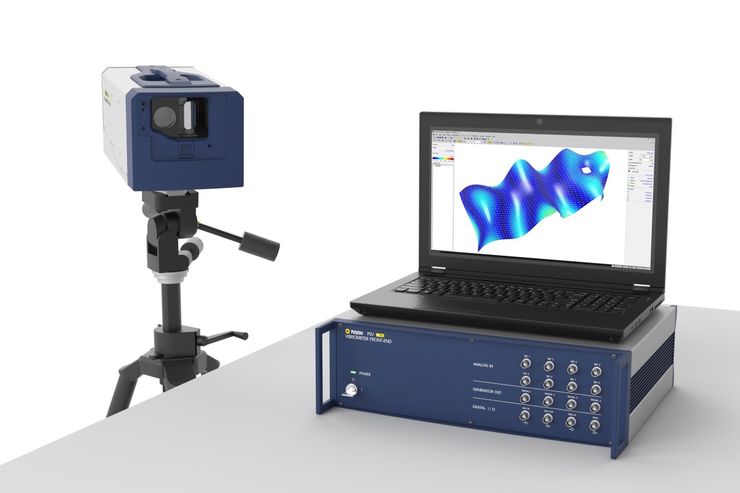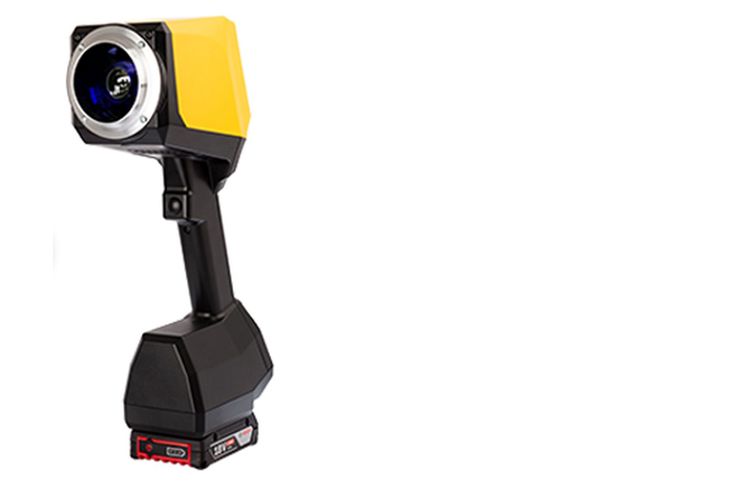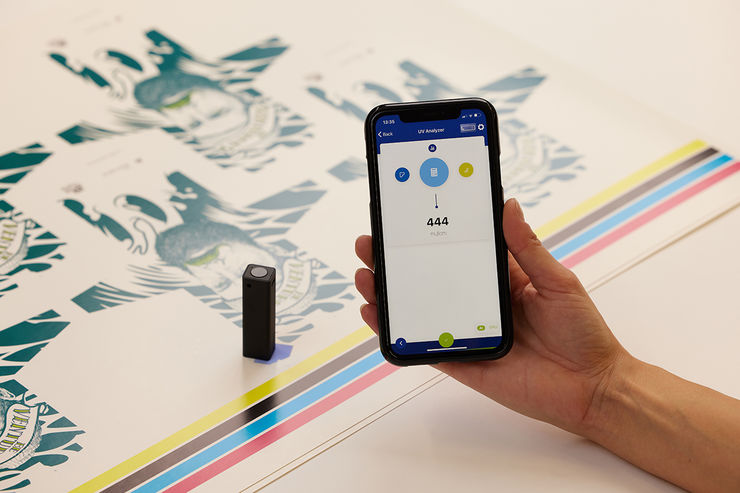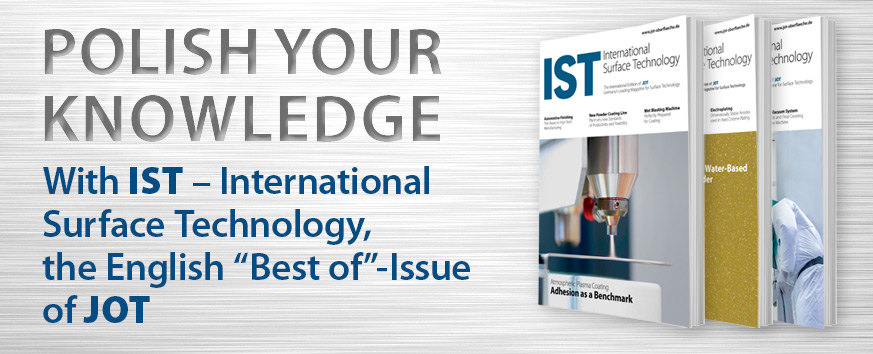The signal quality of a laser vibrometer measurement depends on the intensity of the backscattered light. While on optically smooth surfaces the laser light is reflected to the photodetector without loss, in practice, however, measurement surfaces are usually optically rough, which can lead to broadband noise and unwanted signal dropouts. This is exactly where Polytec's Qtec technology comes in. Behind this is a multi-detector concept in which the backscattered signals reach several photodetectors. As a result, surface irregularities hardly play a role because - to put it simply - less light is lost during reflection. Fast electronics in the measuring head weights the detector signals in real time, providing the user with a single measurement signal. This makes the new measuring heads compatible with the previous single-channel vibrometer decoders. Even with demanding measurement tasks, the new multi-channel interferometry helps to obtain reliable measurement data, for example on moving, distant or rotating test specimens - it even works with poorly reflecting surfaces such as human skin. In addition, measurements become faster. The new technology is available either as a measuring head for the existing Vibroflex system and as a scanning vibrometer in a compact version or as a 3D variant for recording all vibration directions. The scanning vibrometers are always supplied as a turnkey system with integrated data acquisition and 3D visualization of the vibration shapes.
Autor(en): Polytec

